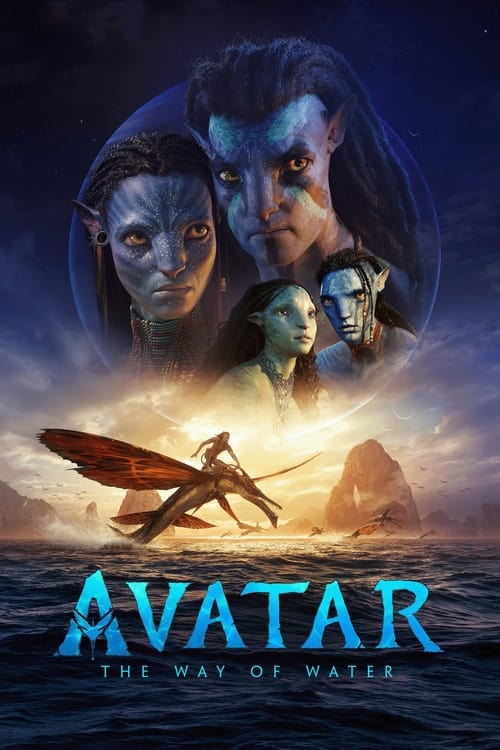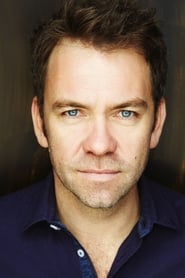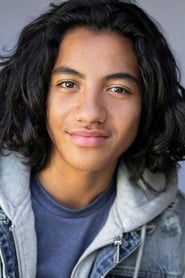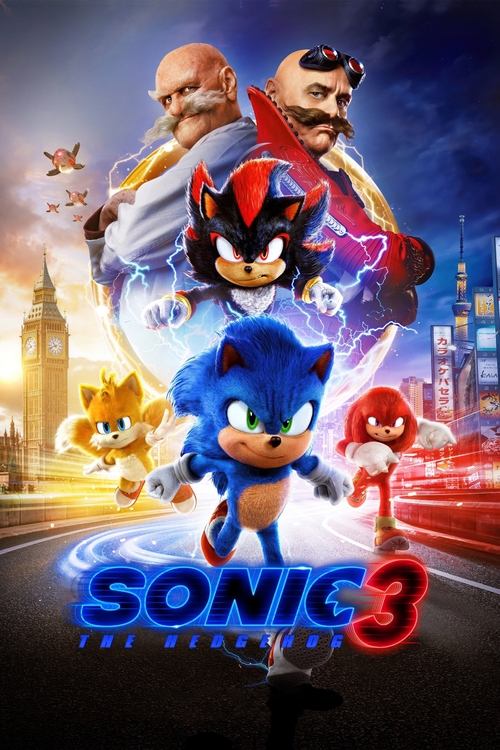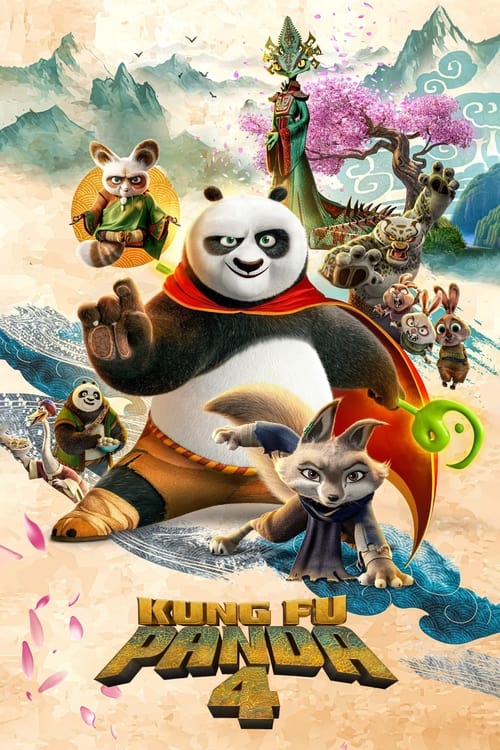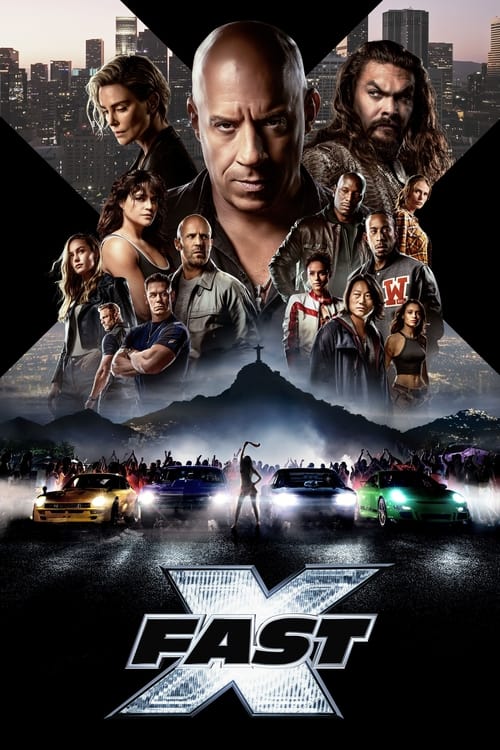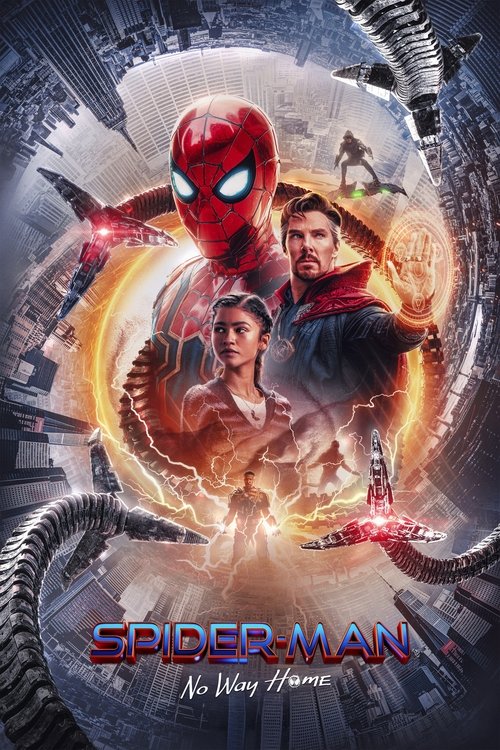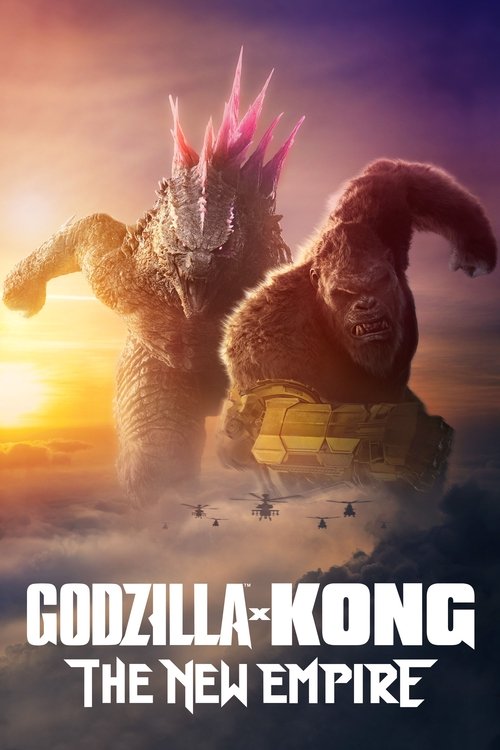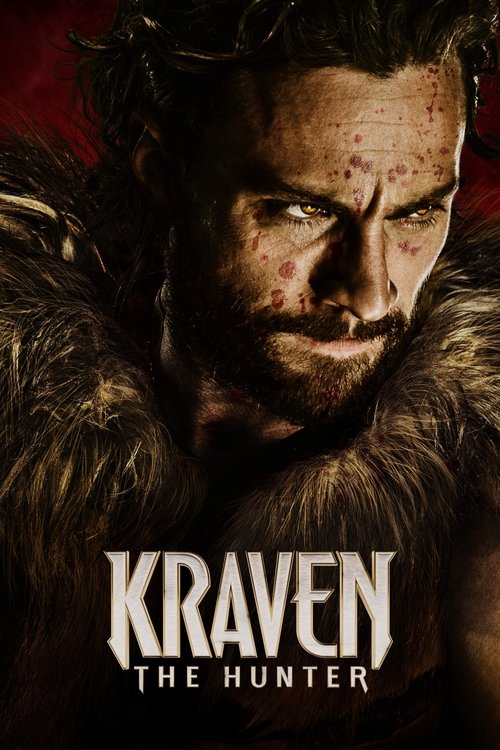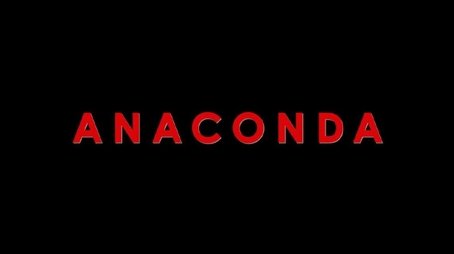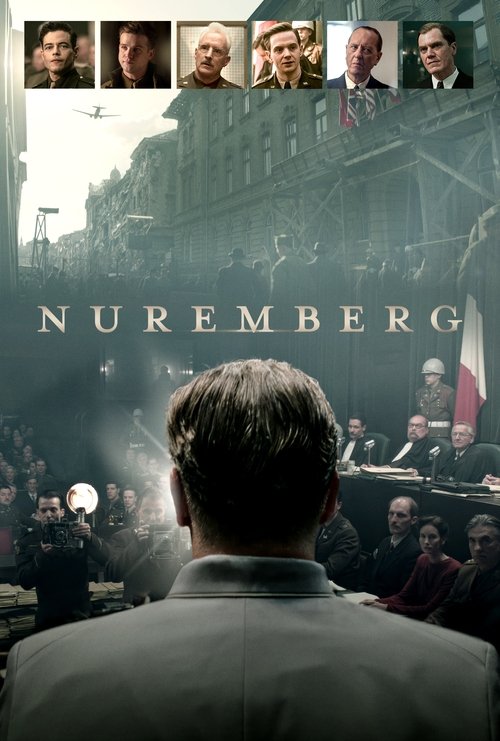
Ask Your Own Question
What is the plot?
More than a decade after the fall of the RDA's initial invasion, Jake Sully and Neytiri live quietly on Pandora with their children, embodying the fragile peace they fought so hard to win. Their family--Neteyam, the eldest son; Lo'ak, the second son; Tuktirey, the youngest daughter; and Kiri, their adopted daughter--thrives in the lush forests of the Omatikaya clan's territory. Kiri, a mysterious child, is unlike the others; she is the daughter of Grace Augustine's avatar, born through an enigmatic connection to Eywa, Pandora's life force, and bears a spiritual bond to the sea. The exact date is not specified, but it is understood to be about 14-15 years after the events of the first film.
This fragile peace shatters when Jake, gazing at the night sky, notices a bright star signaling the return of humans. The RDA has come back to Pandora with a vengeance, establishing a new base called Bridgehead and igniting fires in the forest, a ruthless echo of Manifest Destiny. The humans bring new technology and a brutal determination to reclaim Pandora's resources, threatening the Na'vi's existence once again.
Recognizing the danger, Jake and Neytiri make the painful decision to flee their ancestral home. They lead their family eastward to the oceanic realm of the Metkayina clan, a reef-dwelling Na'vi tribe whose culture and way of life are deeply intertwined with the sea. Here, Jake and Neytiri seek refuge, hoping to protect their children from the encroaching human threat.
At the Metkayina reef, Jake and Neytiri meet the clan's leaders: Tonowari, the chief, and his wife Ronal. Their daughter Tsireya quickly befriends Lo'ak, while their son Aonung initially views the Sully children with suspicion and derision. The Metkayina people live in harmony with the ocean, riding creatures called Ilu and maintaining a sacred bond with the Tulkun, intelligent whale-like beings whom they consider spiritual brethren.
Lo'ak's arrival sparks tension when Aonung mocks Kiri's strange origins and abilities. A physical fight breaks out between Lo'ak and Aonung, but Jake insists that Lo'ak apologize, teaching him humility and respect. This act begins to thaw the icy relations between the two boys. Later, Aonung invites Lo'ak on a hunting trip, but the outing turns perilous when Lo'ak is stranded in territory dominated by a sea predator. In a moment of desperation, Lo'ak is saved by Payakan, a majestic Tulkun who is an outcast among his kind. Lo'ak bonds with Payakan, forging a deep connection that symbolizes his acceptance into the oceanic world.
Meanwhile, Kiri's unique nature becomes more apparent. She forms a profound spiritual connection with the Metkayina's underwater Spirit Tree, a sacred site that links the clan to Eywa. During one such connection, Kiri encounters a vision of Grace Augustine, her mother, who imparts wisdom and love. However, this spiritual communion triggers a severe seizure, nearly drowning Kiri and revealing a hidden vulnerability. Jake calls upon his old friends, Norm Spellman and Max Patel, now scientists, who diagnose Kiri with epilepsy and warn that she cannot safely connect to the Spirit Tree again without risking her life.
As the Sully family assimilates into the Metkayina clan, the human threat escalates. The RDA, led by Colonel Miles Quaritch, has returned in a terrifying new form. Quaritch, once thought dead, has been resurrected through a recombinant avatar body, a scientific breakthrough allowing human consciousness to be transferred into Na'vi-like forms. His vendetta against Jake and the Na'vi burns hotter than ever.
The RDA's new strategy involves a whaling operation targeting the Tulkun. The humans hunt these majestic creatures for a rare brain fluid that halts aging, a resource they covet desperately. This brutal exploitation of Pandora's oceanic life sparks outrage among the Metkayina and the Sully family.
Tensions explode into violence when the RDA attacks the Metkayina reef. Jake, Neytiri, and their family join forces with the Metkayina clan and Payakan to defend their home in a breathtaking underwater battle. The fight is fierce and chaotic, with humans wielding advanced weaponry against the Na'vi's intimate knowledge of the sea.
During the battle, Neteyam heroically rescues his siblings and their friends from danger, but he is shot by RDA forces. The family retreats to a rocky outcrop, desperately trying to save him, but Neteyam succumbs to his wounds. Neytiri's anguished wail echoes through the water, a heart-wrenching moment of loss that shakes the family to its core.
Quaritch seizes the chaos to capture Kiri and Tuk, a young Metkayina boy. He contacts Jake, taunting him with his hostages and forcing a final confrontation. Jake, Neytiri, Lo'ak, and Spider--a human boy raised by the Na'vi--storm the sinking RDA vessel. Neytiri ruthlessly dispatches Quaritch's team, her fury fueled by grief and the desire for justice.
In the climactic showdown, Jake frees Tuk, but Quaritch emerges holding Kiri hostage, a knife pressed to her throat. Neytiri, quick and fearless, grabs Spider and threatens his life in return. Quaritch denies any care for the boy, but Neytiri's threat forces him to relent, releasing Kiri. In a swift move, Neytiri slashes Spider across the chest, compelling Quaritch to let Kiri go.
With the children safe, Neytiri leads them to safety while Jake confronts Quaritch in a brutal fight to the death. The battle is fierce and personal, a culmination of years of hatred and conflict. Jake ultimately defeats Quaritch, but spares his life, leaving the former colonel alive but broken, a lingering threat for the future.
In the aftermath, the Sully family mourns Neteyam's death. Jake informs Tonowari of his decision to leave the Omatikaya clan and fully embrace life with the Metkayina. Tonowari welcomes them wholeheartedly, declaring Jake's family part of the clan. The Sullys accept their new home beneath the waves, pledging to continue their resistance against the RDA's colonization.
The film closes on a note of unity and hope. The Sully family, bonded with the Metkayina and the ocean's creatures, stands ready to defend Pandora's future. Kiri, despite her mysterious origins and fragile health, embodies the enduring spirit of Eywa, a living bridge between the land, the sea, and the human world.
Through loss, struggle, and renewal, Avatar: The Way of Water unfolds as a sweeping tale of family, identity, and the unbreakable bonds between people and their planet. The story's vivid underwater landscapes and emotional depth immerse the viewer in a world where every breath is a fight for survival, and every heartbeat echoes the call of the wild.
What is the ending?
In the ending of "Avatar: The Way of Water," Jake Sully and Neytiri face a climactic battle against the RDA forces, leading to significant losses. Their son, Neteyam, is killed, which devastates the family. In a final confrontation, Jake and Neytiri manage to defeat the RDA forces, but the victory comes at a great personal cost. The family is left to mourn their loss, and they reaffirm their commitment to protect their home and each other.
As the film draws to a close, Jake reflects on the importance of family and the sacrifices made for their survival. The story ends with a sense of hope for the future, as the Sully family stands united, ready to face whatever challenges lie ahead.
As the final act of "Avatar: The Way of Water" unfolds, the tension escalates dramatically. The scene opens with the Sully family, now deeply entrenched in their fight against the RDA forces, who have returned to Pandora with renewed vigor and advanced technology. The lush, vibrant landscapes of Pandora serve as a stark contrast to the impending violence, highlighting the stakes of the conflict.
In a heart-wrenching moment, Jake Sully and Neytiri are confronted with the harsh reality of war when their eldest son, Neteyam, is fatally wounded during a fierce battle. The camera lingers on Neytiri's anguished face as she cradles her son, her cries echoing through the air, filled with a mix of grief and rage. This moment encapsulates the emotional core of the film, showcasing the deep bonds of family and the devastating impact of loss.
As the battle rages on, Jake, fueled by a mix of desperation and determination, rallies the Na'vi and their allies. The visuals are stunning, with sweeping shots of the Na'vi warriors engaging in combat against the technologically advanced RDA soldiers. The choreography of the fight scenes is intense, with arrows flying and the sounds of battle ringing out, immersing the audience in the chaos.
In a pivotal moment, Jake and Neytiri confront the RDA's leader, Colonel Quaritch. The tension is palpable as they engage in a fierce showdown, each driven by their motivations--Jake's desire to protect his family and Neytiri's need for vengeance. The stakes are high, and the emotional weight of their fight is felt in every exchange.
Ultimately, the Sully family manages to outmaneuver the RDA forces, leading to a climactic victory. However, the triumph is bittersweet. As the dust settles, Jake and Neytiri are left to grapple with the profound loss of their son. The camera captures their sorrowful expressions, emphasizing the emotional toll of their journey.
In the aftermath, the family gathers together, united in their grief but also in their resolve to continue protecting their home. Jake reflects on the sacrifices made, and the importance of family becomes a central theme as they vow to honor Neteyam's memory. The final scenes depict the Sully family standing together against the backdrop of Pandora's breathtaking landscapes, symbolizing their resilience and hope for the future.
As the credits roll, the audience is left with a poignant reminder of the costs of conflict and the enduring strength of familial bonds, encapsulating the essence of their journey throughout the film.
Who dies?
Is there a post-credit scene?
Yes, "Avatar: The Way of Water" features a post-credit scene.
As the credits roll, the scene opens with a serene underwater landscape, showcasing the vibrant marine life of Pandora's oceans. The camera glides through the water, revealing the stunning bioluminescent flora and fauna that inhabit this aquatic world.
The focus shifts to Jake Sully and Neytiri, who are seen swimming gracefully among the coral reefs, embodying a sense of peace and unity with their environment. Their children, including Neteyam and Lo'ak, join them, playfully interacting with the creatures of the sea. This moment highlights the bond of family and the connection to their home.
Suddenly, the scene transitions to a darker tone as it cuts to a distant view of the sky above the ocean. A shadow looms, hinting at the ongoing threat from the RDA (Resources Development Administration). The camera pans to reveal a new, ominous ship emerging from the clouds, suggesting that the conflict with the humans is far from over.
The final shot lingers on the ship, leaving viewers with a sense of foreboding and anticipation for future conflicts, while also emphasizing the ongoing struggle for the Na'vi to protect their world. This scene encapsulates the themes of resilience and the fight for survival that permeate the film, setting the stage for potential future installments in the franchise.
What are the main conflicts faced by Jake Sully and Neytiri in Avatar: The Way of Water?
In Avatar: The Way of Water, Jake Sully and Neytiri face significant conflicts as they navigate the challenges of protecting their family and the Na'vi way of life. The primary conflict arises from the return of the RDA (Resources Development Administration), which seeks to exploit Pandora's resources once again. This external threat forces Jake and Neytiri to confront their past decisions and the consequences of their actions, as they must unite the clans of Pandora to defend against the encroaching human forces. Additionally, they grapple with the emotional turmoil of raising their children in a world filled with danger, leading to internal conflicts about their roles as parents and warriors.
How does the introduction of the Metkayina clan impact the story?
The introduction of the Metkayina clan significantly impacts the story by expanding the world of Pandora and introducing new cultural dynamics. The Metkayina, who live in harmony with the ocean, embody a different way of life compared to the forest-dwelling Na'vi. Their customs, connection to the sea, and unique abilities challenge Jake and Neytiri to adapt and learn from them. This cultural exchange is pivotal as it fosters alliances and highlights the importance of unity among the Na'vi clans in the face of a common enemy. The Metkayina also play a crucial role in teaching Jake and Neytiri's children about their heritage and the significance of their environment, deepening the narrative's exploration of family and belonging.
What role do Jake and Neytiri's children play in the plot?
Jake and Neytiri's children are central to the plot of Avatar: The Way of Water, as they embody the future of the Na'vi and the stakes of the ongoing conflict. Their children, including Neteyam, Lo'ak, and Tuk, each have distinct personalities and challenges that reflect their parents' struggles. Neteyam, the eldest, feels the weight of responsibility and strives to live up to his father's legacy, while Lo'ak grapples with feelings of inadequacy and seeks his own identity. Tuk, the youngest, represents innocence and the hope for a peaceful future. The children's experiences and growth throughout the film highlight the themes of family, sacrifice, and the fight for survival, as they become increasingly involved in the conflict against the RDA.
What is the significance of the underwater sequences in the film?
The underwater sequences in Avatar: The Way of Water are visually stunning and serve multiple narrative purposes. They symbolize the exploration of new frontiers, both literally and metaphorically, as Jake and Neytiri's family learns to navigate the oceanic environment of Pandora. These scenes showcase the beauty and fragility of the underwater ecosystem, emphasizing the theme of environmental stewardship. Additionally, the underwater sequences are crucial for character development, as they allow the characters to bond with the Metkayina clan and learn their ways. The challenges faced in these aquatic settings also heighten the stakes of the conflict, as the characters must confront both the dangers of the ocean and the looming threat of the RDA.
How does the film explore the theme of family through the characters' relationships?
Avatar: The Way of Water deeply explores the theme of family through the relationships between Jake, Neytiri, and their children, as well as their connections with the Metkayina clan. The film portrays the struggles of parenting in a world filled with danger, showcasing Jake and Neytiri's protective instincts and their desire to ensure their children's safety. The dynamics between the siblings, particularly the bond and rivalry between Neteyam and Lo'ak, illustrate the complexities of familial relationships. Additionally, the film highlights the importance of chosen family, as the Na'vi clans come together to support one another against the RDA. This emphasis on family underscores the emotional stakes of the narrative, as the characters fight not only for their survival but also for the preservation of their loved ones and their way of life.
Is this family friendly?
"Avatar: The Way of Water" is generally considered family-friendly, but it does contain some scenes and themes that may be potentially objectionable or upsetting for children or sensitive viewers. Here are some aspects to consider:
-
Violence and Conflict: The film features intense action sequences, including battles between the Na'vi and human forces. There are scenes of combat that may be frightening or distressing.
-
Death and Loss: Characters experience loss and grief, which may be emotionally heavy for younger viewers. The themes of family separation and the impact of war can be poignant.
-
Environmental Destruction: The film addresses themes of environmental degradation and the consequences of colonization, which may be upsetting for some viewers, especially in the context of the destruction of natural habitats.
-
Mild Language: There are instances of mild language that may not be suitable for very young children.
-
Intense Emotional Moments: The film explores deep emotional connections and struggles, which may resonate strongly and could be overwhelming for sensitive viewers.
Overall, while the film is visually stunning and carries important messages, parents may want to consider these elements when deciding if it is appropriate for their children.

